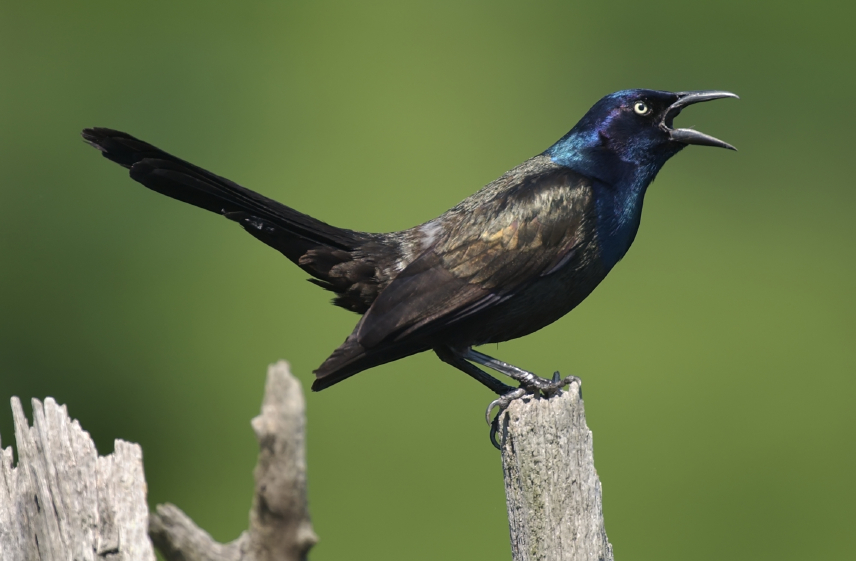What to Do If You See a Badger Close By:
- Stay Away: Don't try to get close or feed a badger.
- Keep Escape Routes Open: Make sure there are paths for the badger to run back to its home.
- Stay Calm: If a badger seems angry, quietly leave the area. They usually don't chase far.
- Admire Safely: If you see a badger in the city, enjoy watching it from a safe distance. It's probably just passing through.
- Help If Needed: If the badger looks hurt or sick, call the Yorkton SPCA.
What Badgers Look Like:
- Short and strong legs and a chunky body.
- Long face with black and white stripes.
- Small, round ears.
- Fur is brown, black, and white; they measure 60-75 cm (24-30 in) long and weigh 7-9 kg (16-20 lbs).
- Big front claws, about 5 cm (2 in) long.
How Badgers Act and Where They Live
- Badgers use snarling and hissing to scare threats away, but they don't usually attack.
- They live in burrows, often sharing them with animals like foxes and coyotes.
- Their homes are usually in open fields where they hunt a lot. They like prairies with sandy soil.
- Seeing a badger in a city is rare, but they might be seen in fall when looking for mates or in May and June when young ones explore.
- They are mostly alone and active at night but might be out during the day in spring when moms search for food.
- Badgers don't hibernate but slow down in winter.
What Badgers Eat
- Badgers dig to find food underground.
- They mostly eat pests like ground squirrels and gophers but can also eat insects, bees, and some plants.







